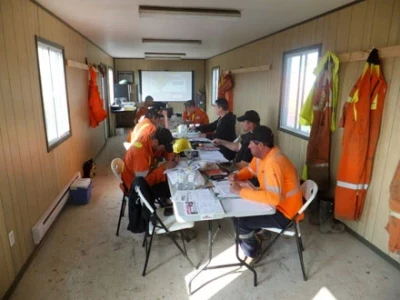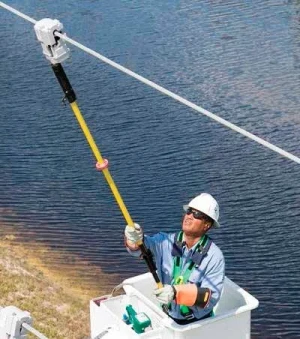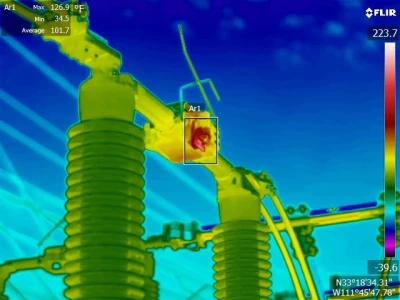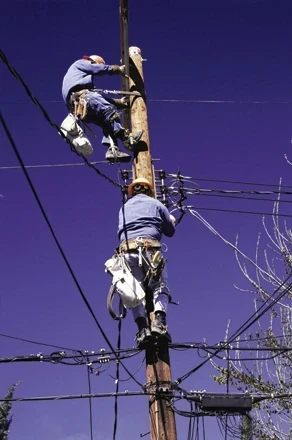Building a Competency Program
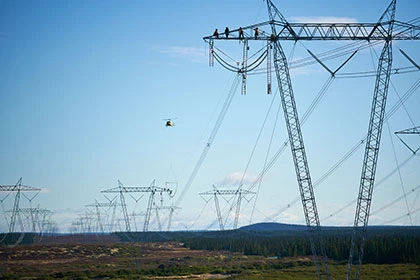
At Valard, our people are the core and health of our business. Without our people, we have nothing. In fact, one of our slogans is “People. First.” However, being a people company means some of our biggest challenges are created by people. Our challenges are unique, as is each person – unique background, unique experiences, and unique culture. We love celebrating our people’s uniqueness, which is part of our DNA. However, we need business alignment. We need people with standardized skill sets, common goals, the same risk tolerances, and a shared culture. Knowing that people have free will to choose, how do we make them continue to choose to work for us and stay productive?
To address the technical aspects of the work our people do and reinforce traits such as leadership, empowerment, responsibility, accountability, and culture into a standardized, quantifiable, and cost-conscious framework, Valard decided to create an advanced competency model. The idea was that this framework would inspire workers, meets our business needs, and distinguish us from our competitors. We knew what we wanted to do was big, but we also knew human behavior; people are not always keen on change. Our thought was this, let’s get real-world data on a small scale and iterate to work out the kinks before building the entire system. But where to start? The opportunity and next steps came to us when we faced additional operational challenges.
Valard worked diligently and consciously to expand our business footprint into the USA. To do this, we needed key people from Canada to oversee and grow our operations in the United States. More specifically, we needed to get the keepers of Valard’s institutional knowledge (i.e., our secret sauce) over the border to work. Next, we needed to build our American workforce quickly and seamlessly integrate them into Valard (i.e., having new people understand how to make our secret sauce). Moving Canadians across the border required Valard to demonstrate that the specific labour classifications had unique and specialized knowledge, skills, and training on techniques and processes.
Valard also noticed that clients were increasingly asking for detailed information on employee competencies as part of the bid process. At the time, Valard was dealing with these requests on an ad-hoc basis, which led to a patchwork of different programs within multiple business units.
The above operational challenges presented the business case for us to bring the competency model idea to fruition. Great! But we had bigger plans. Plans to move our people to the next level. As such, we had to look past the immediate opportunity and understand all challenges we wanted to overcome. If we were going to put all this effort into building this model, why do half measures? With a bit more effort, we could achieve more.
Read full article in the Linemen Safety Special Edition 2022

